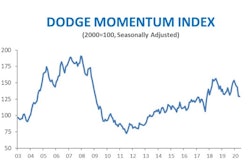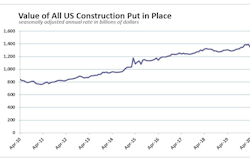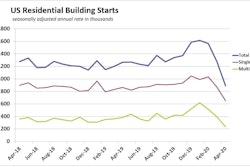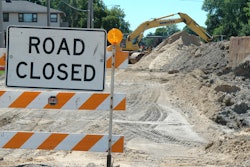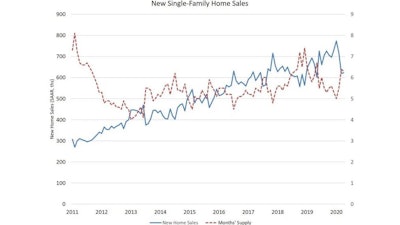
After weakening in March, the volume of new home sales came in much better than expected in April. Due to economic challenges associated with COVID-19, the National Association of Home Builders (NAHB) was forecasting an additional sales decline in April. However, new home sales estimates from the Census Bureau reveal relatively flat conditions compared to March.
The Census estimates reported a 623,000 seasonally adjusted annual rate in April, after a slightly revised 619,000 pace in March. The April rate is down approximately 20% from the peak rate in January. It is reasonable to expect a downward revision for the April data next month given persistent weakness in the labor market. Nonetheless, mortgage application data and anecdotal reporting from builders indicates that housing demand picked up in recent weeks.
Overall, the data lend evidence to the NAHB forecast that housing will be a leading sector in an eventual economic recovery. Consider that despite the recent weakness, new home sales are reported to be 1.4% higher through April than the first four months of 2019. Sales were likely supported by price incentive use in April, with NAHB data indicating that two out of ten builders used such business strategies. Indeed, median new home pricing fell to $309,900 in April, which was 8.6% lower than a year ago.
And months’ supply is at a reasonable level of 6.4 despite the ongoing recession. The count of completed, ready-to-occupy new homes is 78,000 homes nationwide. While March home sales were drawn more from completed, ready to occupy homes (40%), this share actually declined in April to 35%. The share of not started homes sold increased to 30%, which is a positive indicator for future housing starts.
It is likely the April data will be downwardly revised given other economic data. However, given the momentum housing construction held at the start of 2020, the housing industry will help lead the economy in the eventual recovery and the April data is broadly consistent with that conclusion.




